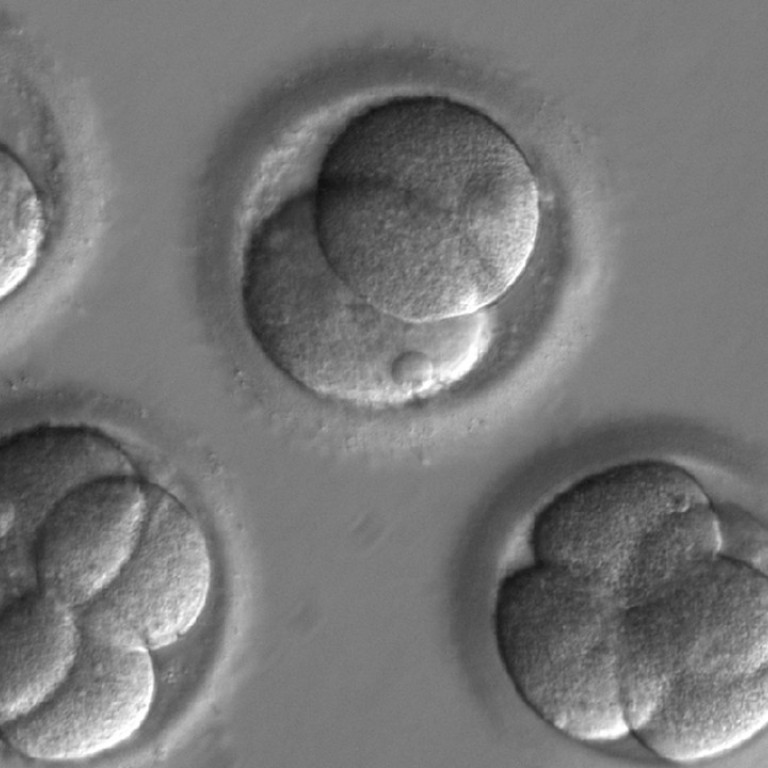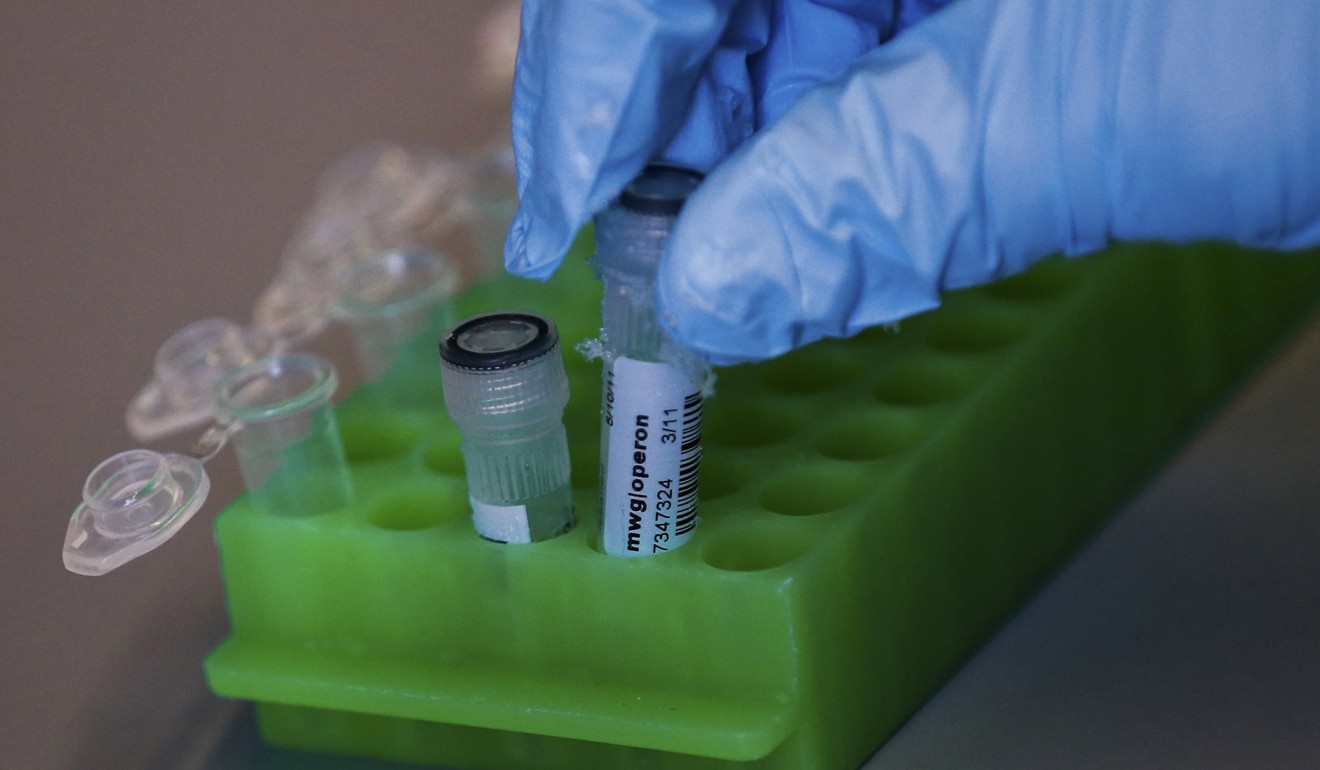
US scientists turn off cholesterol-linked gene, opening the way to treat high cholesterol and liver diseases
US researchers have used nanotechnology plus the powerful CRISPR-Cas9 gene editing tool to turn off a key cholesterol-related gene in mouse liver cells, an advance that could lead to new ways to correct genes that cause high cholesterol and other liver diseases.
Nanotechnology is the design and manipulation of materials thousands of times smaller than the width of a human hair.
“We’ve shown you can make a nanoparticle that can be used to permanently and specifically edit the DNA in the liver of an adult animal,” said study author Daniel Anderson, an associate professor in chemical engineering at the Massachusetts Institute of Technology.
The study, published on Monday in Nature Biotechnology, holds promise for permanently editing genes such as PCSK9, a cholesterol-regulating gene that is already the target of two drugs made by the biotechnology companies Regeneron Pharmaceuticals and Amgen.

In the study, the scientists were trying to develop a safe and efficient way to deliver the components needed for CRISPR-Cas9, a type of molecular scissors that can selectively trim away defective genes and replace them with new stretches of DNA.
The system consists of a DNA-cutting enzyme called Cas9 and a stretch of RNA that guides the cutting enzyme to the correct spot in the genome. Most teams currently use viruses to deliver CRISPR into cells, an approach that is limited because the immune system can develop antibodies to viruses.
To overcome this, the team chemically modified the CRISPR components to protect them from enzymes in the body that would normally break them down. They then inserted this material into nano-scale fat particles and injected them into mice, where they made their way to liver cells.
In tests targeting the PCSK9 gene, the system proved highly effective, eliminating the gene in more than 80 per cent of liver cells. The PCSK9 protein made by this gene was undetectable in the treated mice, which also experienced a 35 per cent drop in total cholesterol, the researchers reported.
High levels of cholesterol can clog arteries, causing reduced blood flow that can lead to a heart attack or stroke. The team is now working to identify other liver diseases that might benefit from this approach, and refining this approach for use in people.
“If you can reprogramme the DNA of your liver while you’re still using it, we think there are many diseases that could be addressed,” Anderson said.

